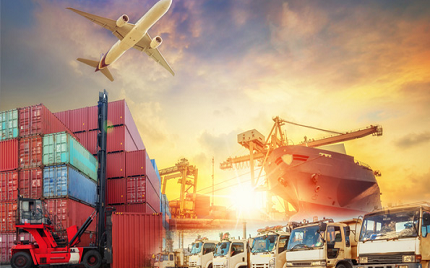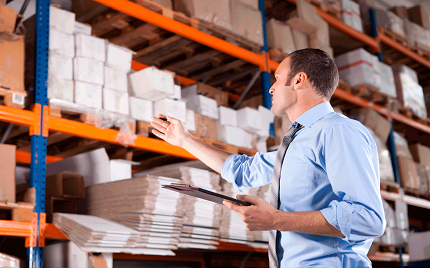One of the biggest values delivered by the eCommerce companies is the last-mile connectivity. The term last-mile connectivity refers to the movement of products from a fulfilment centre or delivery hub to the end consumer. Last-mile connectivity established by the eCommerce companies introduced a lot of convenience to the customer, but at the same time posed many challenges.
Click here to listen to this episode
For more details related to Supply Chain Consulting, Certifications (CSCP, CPIM and CLTD) and Executive Development Programs, please visit www.IISCM.org. Fhyzics is an ICP of ASCM [Formerly known as APICS, USA].
The biggest challenge for the customer is that either she or one of her representatives has to be available to collect the product. The benefit of convenience has eroded the flexibility for the customer. At the same time there are numerous problems for the eCommerce companies as well. When the customer is not available for collection at the designated address the productivity of the people and the system goes down drastically. The delivery executive has to make multiple attempts to deliver the product. Sometime the customer may not receive the phone call of the delivery executive. Also more the time the product is out for delivery, it is more susceptible to damage, loss and theft.
So how to strike a balance between the last-mile convenience and last-mile challenge for both the customers and the eCommerce companies. The solution is the Pick-Up Stores, where the ordered product is delivered by the eCommerce company and the customer will come and collect the product within a day or two by showing the tracking number and a Government issued identification. Typically the pick-up stores are in the close vicinity of the customer within a kilometer or two. In case of India, each PIN code location may need one or more pick-up stores based on the geographical size and the population density.
For example, Amazon has around 600 Pick-Up Stores across the country and the numbers are fast growing. Pick-Up Stores brings the product as close as possible, but not to your doorstep. So the customer is not tied to her address waiting for the product and at the sametime for the eCommerce company they can make 100% deliveries.
There is a great potential for Pick-Up Stores and their numbers will grow tremendously in the coming years. We can think of two possible models. One, eCommerce companies will establish their own network of Pick-Up Stores like how Amazon is doing. Second, a 3PL company may come up with a business model around the pick-up stores.
Let us do some analysis here. At the time of this podcast Amazon has around 600 pick-up stores. Assume that if we need 1 pick-up store for every 10,000 population, then Amazon may have to setup 130,000 pick-up stores to cover the length and breadth of India to cater to 130 crore population. In fact this number will further increase considering the difference in population density for the urban and rural India. For such a massive network even a large global company like Amazon may think twice. They are establishing these pick-up stores themselves at this point of time as there is no alternative infrastructure available. What I feel is that for Amazon this may not be their longterm strategy. Either they will hive of these pick-up stores and make it as a separate company which will serve not only Amazon but other eCommerce companies as well, which brings us to the second model. Or they will rely on a 3PL company who will provide this network to Amazon and other eCommerce companies where this 3PL company will get the necessary scale to setup this large network.










